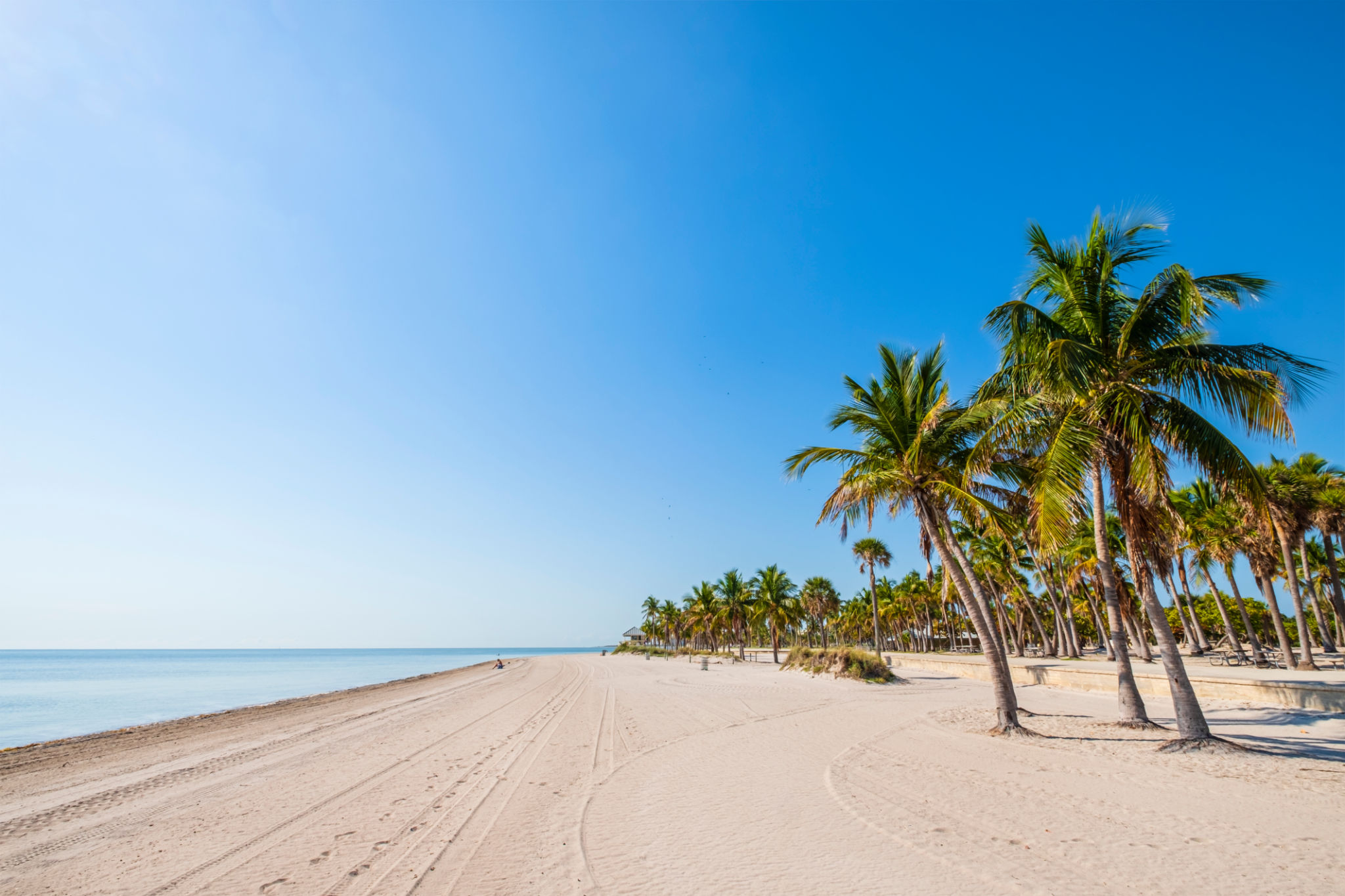Seasonal Guide to Reducing Environmental Impact in Florida's Coastal Areas
Understanding the Impact of Seasons on Florida's Coastal Environment
Florida's coastal areas are a unique blend of diverse ecosystems that are sensitive to seasonal changes. With the transition from one season to another, the environmental challenges faced by these regions vary significantly. From the bustling activities of summer tourists to the quietude of winter months, each season brings its own set of environmental pressures.
It's crucial to recognize the impact of human activities during these times and take steps to minimize our ecological footprint. By understanding the seasonal patterns and adopting sustainable practices, we can protect these precious environments for future generations.

Summer: Managing Tourist Influx
Summer in Florida is synonymous with an influx of tourists seeking sun, sand, and sea. While tourism boosts the local economy, it also increases stress on natural resources. Increased foot traffic on beaches and in coastal parks can lead to habitat disruption and waste accumulation.
To mitigate these effects, visitors and locals alike should practice leaving no trace by disposing of waste properly and participating in beach clean-up initiatives. Additionally, choosing eco-friendly accommodation and transportation options can significantly reduce environmental impact.

Fall: Preparing for Hurricane Season
Fall in Florida often heralds the arrival of hurricane season, a time when coastal areas face the threat of severe weather events. These storms can cause significant damage to both natural habitats and human infrastructure.
Communities can prepare by improving coastal resilience through strategic planning and restoration projects. Planting native vegetation helps stabilize shorelines, while maintaining healthy wetlands can act as natural buffers against storm surges.
Winter: Preserving Mangrove Ecosystems
During the winter months, Florida's mangroves play a vital role in protecting coastlines from erosion and providing habitat for diverse wildlife. However, these crucial ecosystems are often threatened by development and pollution.
Efforts to preserve mangroves include supporting conservation initiatives and participating in educational programs that raise awareness about their importance. Simple actions like reducing pesticide use and advocating for protective legislation can also make a difference.

Spring: Protecting Marine Life During Breeding Season
Spring marks the beginning of breeding season for many marine species in Florida. It's essential to be mindful of marine life during this period, as disturbances can have long-lasting effects on populations.
Boaters should adhere to no-wake zones and avoid sensitive areas where marine animals are known to breed. Additionally, supporting organizations that work towards marine conservation can help safeguard these species for future generations.

Everyday Actions to Make a Difference Year-Round
No matter the season, there are everyday actions everyone can take to reduce their environmental impact in Florida's coastal areas:
- Use reusable products to minimize plastic waste.
- Conserve water by using efficient appliances and fixing leaks promptly.
- Choose sustainable seafood to support healthy marine ecosystems.
- Educate others about the importance of protecting our coastal environments.
By incorporating these practices into daily life, we can collectively contribute to the health and sustainability of Florida's stunning coastal regions, ensuring they remain vibrant for years to come.